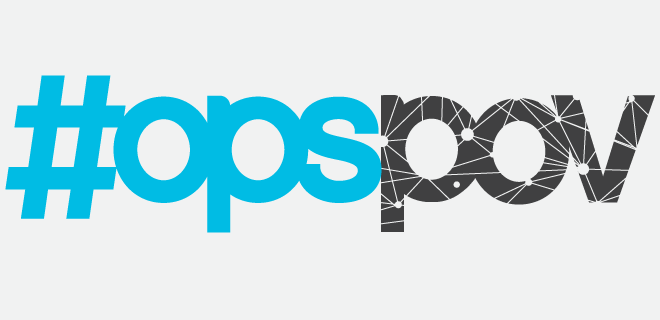
The scourge of digital advertising! The killer of revenue! The savior of our industry!
Most supply-siders (perhaps grudgingly) will agree with the digital media masses that consider viewability a good thing for the industry. In a perfect world, advertisers would only be charged for ads that were seen; as the most measurable medium, not only would this legitimize digital ad channels but also set them apart from (or even above) their print and linear cousins.
Viewability measurement is making good on this dream, although the path there has had its share of frustrations. Beyond that, by adding time into the campaign equation, viewability is a solid first push toward attention metrics. In guaranteeing against viewability, the value of quick-hit impressions drops dramatically. According to research from Chartbeat, 54% of page views garner less than 15 seconds of user time; when users spend less than 15 seconds on a page, viewability slumps to a sad 28%. Suddenly many of those easy-score impressions don’t actually count.
The viewability movement has encouraged many publisher actions that have arguably been as beneficial for users as advertisers. Redesigns focused on improving viewability metrics have delivered better site experiences while publishers have also repositioned placements and cut down the number of units per page. Viewability has encouraged innovation: publishers have experimented with lazy or smart loading that delivers a unit to a page when it is in view as well as sticky ads that stay in-view by following users as they scroll.
A high-percentage site benchmark (above 80%) alone is enough to confirm to your advertisers that the majority of your ads are being seen. However, we can do better – it’s just the obstacles in making 100% viewability a reality are many and will be tough to overcome. Here are some of the big ones:
Disagreement over the standards. The Media Rating Council has set display viewability at 50% in-view for one second and video viewability at 50% in-view for two seconds. Although the measurement accreditation organization has said time and again that these are supposed to be baselines on which campaign terms and conditions should be negotiated, many advertisers think they are too low. Many campaigns are negotiated with longer time- and or percentage in-view figures, which adds complexity to campaign management.
Wide discrepancies between vendors. Despite reconciliation programs headed by the MRC and regular re-certification testing, reporting discrepancies of as much as 30%-40% between viewability providers is commonly reported. Although all MRC-accredited providers use page geometry and/or browser optimization methodologies, each has their own approach to calculation. In addition, there is no standard discrepancy between advertiser and publisher viewability numbers.
“Dark viewability.” An unhealthy amount of publisher inventory is non-measurable due to issues such as iFrame disagreement in display and lack of VPAID adoption in video. This means viewed impressions can too often be uncounted by service providers.
Advertiser insistence on 100% viewable now. Although the IAB has said that 100% viewability is not currently feasible from a technological standpoint and instead suggested a 70% in-view campaign benchmark, many major advertisers are insisting on paying only for viewability impressions. Certainly some publishers can raise CPMs enough to make up for lost or wasted inventory, but such demands leave many publishers struggling.
Post-impression metric. Viewability metrics of course don’t come in until after an impression is delivered, so forecasting and real-time optimization are major challenges. Campaign planning to maximize viewability is nearly impossible in most ad servers. However, some companies have developed page-level code that can report whether a placement is in view before the ad call.